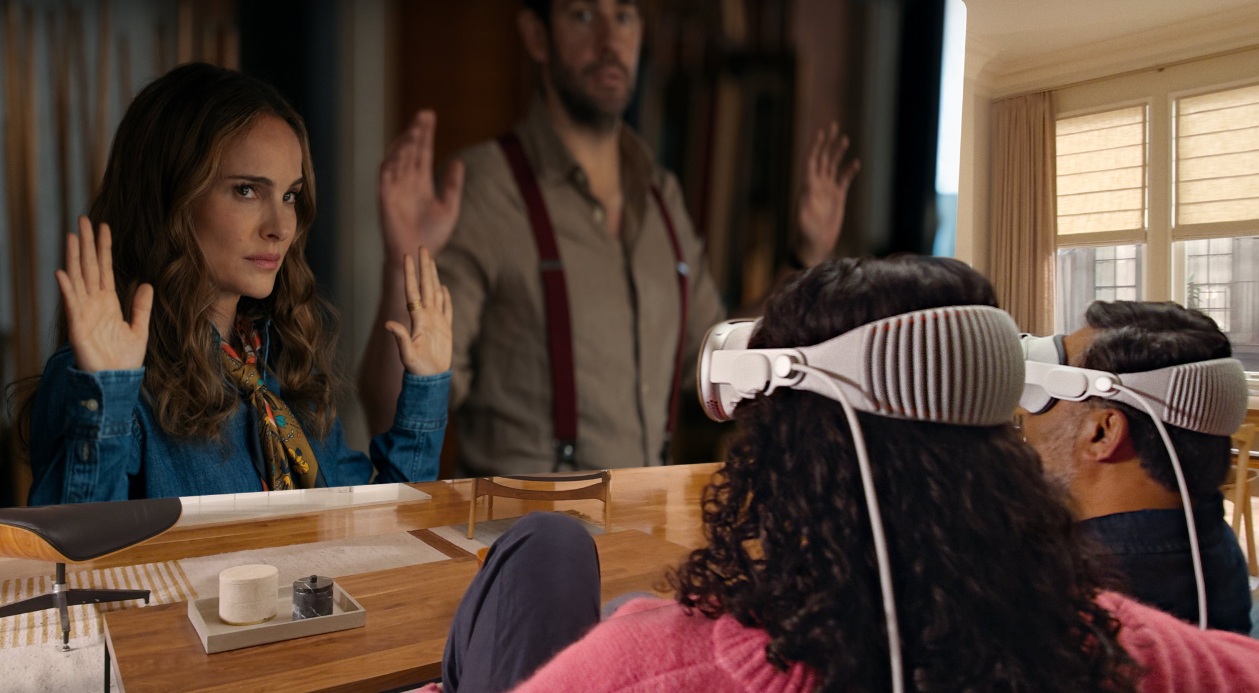Apple is stepping beyond iPhones and Macs with a bold leap into wearable tech. Over the next three years, the tech giant plans to launch a trio of XR devices—Vision Pro 2 in 2025, Vision Air in 2027, and XR glasses by 2028—that could redefine how we work, play, and connect.
If successful, this shift may rival the iPhone’s impact as Apple’s most transformative hardware yet.
Let’s explore what’s coming and what it means for you.
Vision Pro 2: Smarter, Not Flashier
Set to launch in late 2025, the Vision Pro 2 refines its predecessor with subtle but impactful upgrades. Powered by the M5 chip—offering up to 20% better performance than the M4—it delivers smoother multitasking and enhanced visionOS experiences. Improved heat management and power efficiency make it more comfortable for daily use, addressing the original’s weight and battery concerns. With a 120° field of view and micro-OLED displays, visuals remain stunning.
Apple plans a cautious rollout, producing just 200,000 units initially to test visionOS 3.0 updates. This is a prime chance for users who missed the first-gen Vision Pro to dive into spatial computing with a more polished device.
Vision Air: Lightweight and Accessible
Debuting in 2027, the Vision Air aims to bring XR to the masses. At 40% lighter than the Vision Pro’s 600 grams—thanks to a plastic and magnesium alloy build—it’s designed for extended wear. Priced between $1,500 and $2,000 (compared to Vision Pro’s $3,499), it targets students, remote workers, and creators. Expect seamless integration with Apple’s ecosystem, enabling immersive Safari browsing, spatial FaceTime calls, or interactive learning via visionOS apps.
Analysts predict Vision Air will ship 500,000 units in its first year, doubling the Vision Pro 2’s launch. This affordability and comfort could make XR a staple for everyday consumers.
XR Glasses: The iPhone of 2028
By 2028, Apple’s XR glasses aim to replace smartphones for many users. These sleek, transparent-display glasses will feature AI-powered voice and gesture controls, deep Siri integration, and Apple Intelligence for real-time data overlays. A non-display version, focused on audio and health sensors, may arrive in 2027 to test market demand.
With a design lighter than most sunglasses, the XR glasses could enable seamless access to Apple Maps, FaceTime, and Apple Health in a hands-free format, redefining daily tech interactions.
Here’s how Apple’s XR lineup compares:
|
Feature |
Vision Pro 2 (2025) |
Vision Air (2027) |
XR Glasses (2028) |
|---|---|---|---|
|
Weight |
~500g |
~350g |
<100g |
|
Price |
~$3,499 | $1,500-$2,000 |
TBD |
|
Display |
Micro-OLED, 120° FOV |
Micro-OLED, 110° FOV |
Transparent AR |
|
Chip |
M5 |
M6 (est.) |
M7 (est.) |
|
Target Audience |
Pros, enthusiasts |
Students, creators |
Everyday users |
What Are Users Saying?
The XR roadmap is generating buzz. Analyst Ming-Chi Kuo posted on X, “Apple’s XR strategy is the next big thing in consumer electronics, with Vision Air poised to disrupt in 2027.” YouTuber Sara Dietschy praised the lineup, saying, “Lighter, affordable, truly wearable—Apple’s nailing the future of XR.” On Reddit’s r/apple, developers lauded the spatial ecosystem, with one user noting, “VisionOS apps on Vision Air could make my MacBook obsolete for work.”
Some skeptics on X, like user @TechBit, question the glasses’ 2028 timeline, citing potential delays in transparent display tech. Still, excitement outweighs doubts for now.
What This Means for Apple Users
Apple’s XR roadmap signals a shift toward a “post-iPhone era.” These devices integrate deeply with Apple Health, Maps, FaceTime, and iCloud, potentially making visionOS the next iOS. Imagine attending a spatial FaceTime call, navigating with AR overlays, or tracking workouts via glasses—all hands-free. Rumors suggest Apple may introduce subscription plans, similar to the iPhone Upgrade Program, to make Vision Air and XR glasses more accessible.
This isn’t just about new devices; it’s about a new way of living. Apple’s focus on lightweight, AI-driven wearables could make XR as intuitive as your iPhone.
Ready for Apple’s Face-Worn Future?
From the Vision Pro 2’s refined power to the Vision Air’s accessibility and the XR glasses’ smartphone-like potential, Apple is building a spatial ecosystem to transform how we connect. Are you ready to wear the future? Share your thoughts in the comments!

